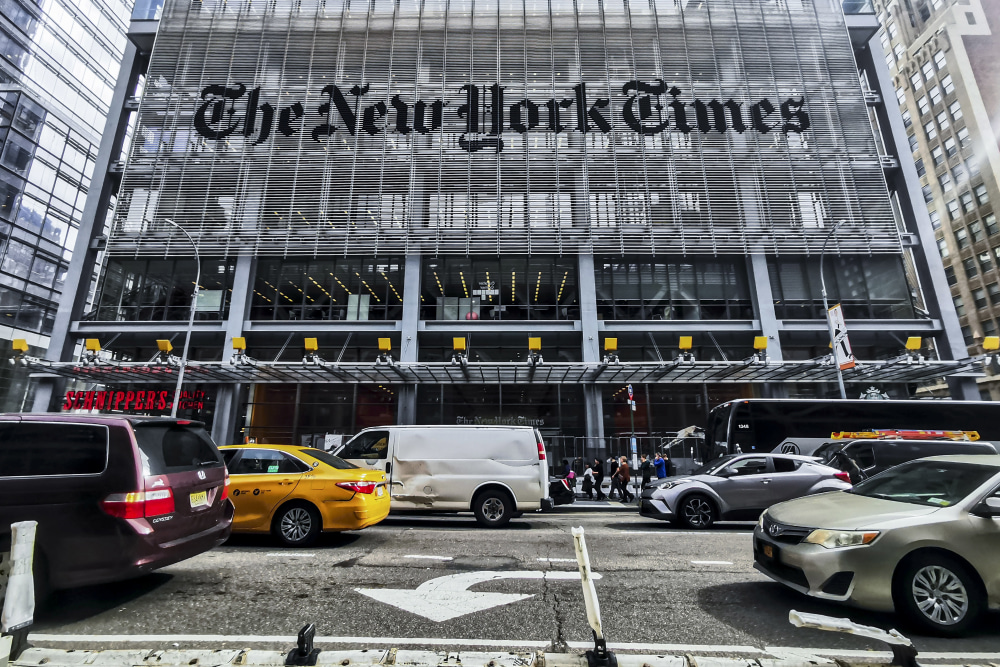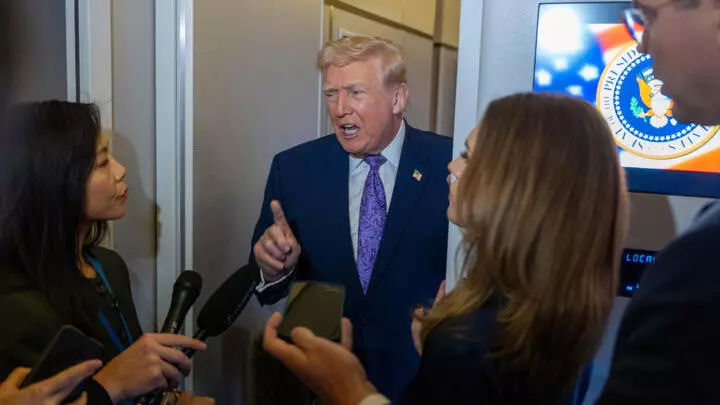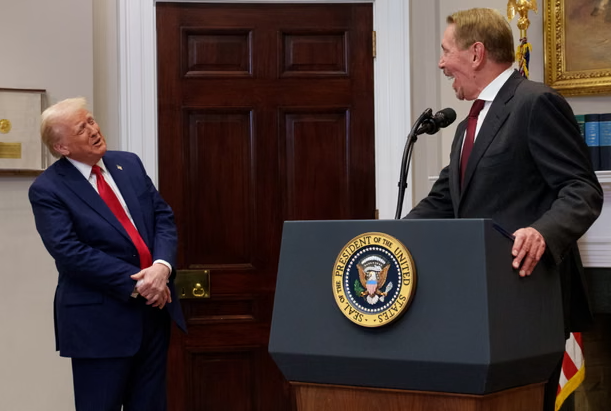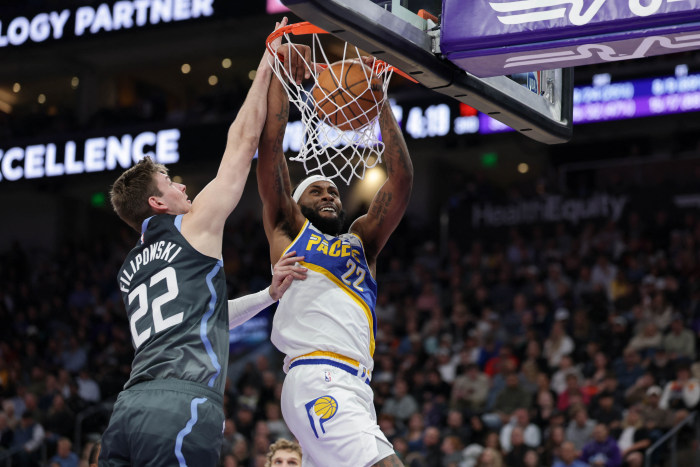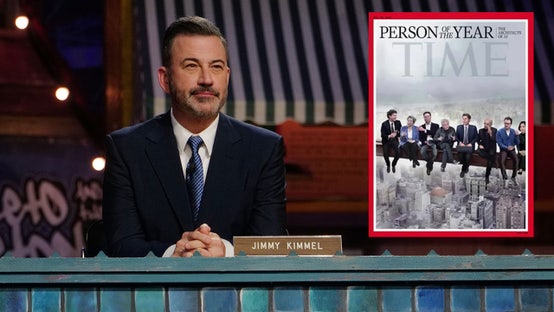
This article is more than
1 year oldBillionaires Wanted to Save the News Industry. They’re Losing a Fortune.
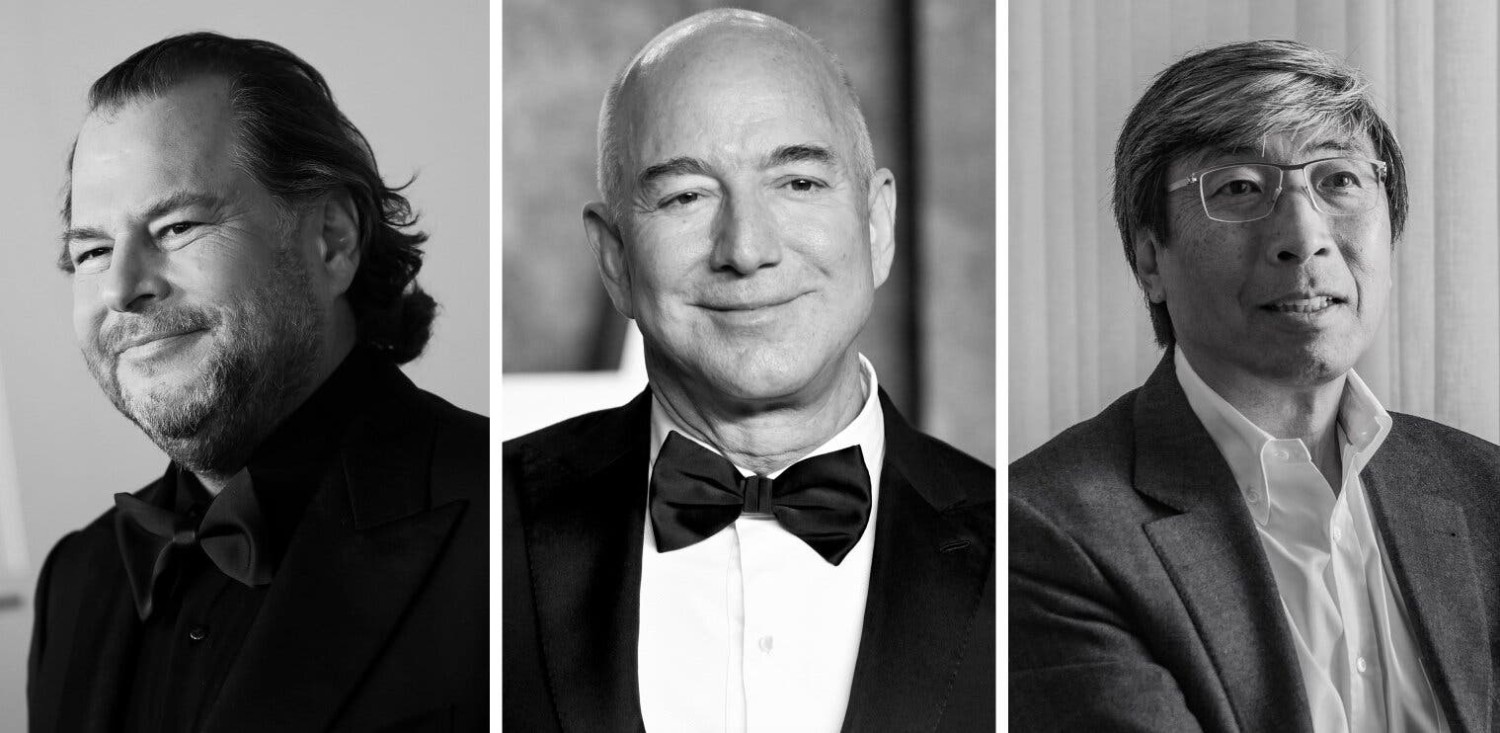
There’s an old saying about the news business: If you want to make a small fortune, start with a large one.
As the prospects for news publishers waned in the past decade, billionaires swooped in to buy some of the country’s most fabled brands. Jeff Bezos, the founder of Amazon, bought The Washington Post in 2013 for about $250 million. Dr. Patrick Soon-Shiong, a biotechnology and start-up billionaire, purchased The Los Angeles Times in 2018 for $500 million. Marc Benioff, the founder of the software giant Salesforce, purchased Time magazine with his wife, Lynne, for $190 million in 2018.
All three newsrooms greeted their new owners with cautious optimism that their business acumen and tech know-how would help figure out the perplexing question of how to make money as a digital publication.
But it increasingly appears that the billionaires are struggling just like nearly everyone else. Time, The Washington Post and The Los Angeles Times all lost millions of dollars last year, people with knowledge of the companies’ finances have said, after considerable investment from their owners and intensive efforts to drum up new revenue streams.
“Wealth doesn’t insulate an owner from the serious challenges plaguing many media companies, and it turns out being a billionaire isn’t a predictor for solving those problems,” said Ann Marie Lipinski, the curator of the Nieman Foundation for Journalism at Harvard. “We’ve seen a lot of naïve hope attached to these owners, often from employees.”
The losses may have the most immediate impact at The Los Angeles Times, where journalists are bracing for bad news. Kevin Merida, the newspaper’s widely respected editor, announced last week that he was resigning, a decision made after tension with Dr. Soon-Shiong over editorial and business priorities, according to two people familiar with the matter.
In the middle of last year, The Times was on track to lose $30 million to $40 million in 2023, according to three people with knowledge of the projections. Last year, the company cut about 74 jobs, and executives have met in recent days to discuss the possibility of deep job cuts, according to two other people familiar with the conversations.
Members of The Los Angeles Times Guild met in an emergency meeting on Thursday to discuss the possible job cuts. By the end of the day, the workers had planned to walk off the job on Friday in protest.
A spokeswoman for Dr. Soon-Shiong declined to comment on specific financial figures for The Los Angeles Times but said in an email that the company had “a significant gap between revenue and expenses,” even with the layoffs and other cost-saving measures from last year.
She said his family had invested “tens of millions of dollars” each year since acquiring The Times. “They are committed to continuing to invest,” the spokeswoman, Jen Hodson, said in the statement. “But relying on a benevolent owner to cover expenses, year after year, is not a viable long-term plan.”
Mr. Bezos hasn’t fared much better at The Washington Post. Like many news organizations, The Post has struggled to hold on to the momentum that it had gained in the wake of the 2020 election. Sagging subscriptions and advertising revenue led to losses of about $100 million last year. At the end of the year, the company eliminated 240 of its 2,500 jobs through buyouts, including some of its well-regarded journalists.
Patty Stonesifer, who filled in as chief executive last year, called the buyouts “difficult,” but said they were necessary to “invest in our top growth priorities.” Employees at The Post sent a letter in recent weeks to their top editor, Sally Buzbee, and their new permanent chief executive, Will Lewis, expressing concern over the lack of research firepower for their articles in the wake of the buyouts.
A spokesman for Mr. Bezos did not respond to repeated requests to arrange an interview for this article. In the past, Mr. Bezos has said he purchased The Post because it was an important institution but wanted the company to be profitable.
“I said to myself, ‘If this were a financially upside-down salty snack food company, the answer would be no,’” Mr. Bezos said of his decision to buy The Post in a 2018 interview.
Time is facing similar headwinds. The publication lost around $20 million in 2023, according to two people with knowledge of the publication’s financial picture. Time has weighed cutting costs in the first quarter of the year to help offset some of the losses, one of the people said.
A Time spokeswoman had no comment on the company’s 2023 finances, citing a note to employees from Jessica Sibley, its chief executive, proclaiming growing audiences and advertising revenue. In a statement, Mr. Benioff said Ms. Sibley was making “lots of exciting changes based on an amazing vision.”
“We are fortunate to have an amazing new C.E.O., Jessica Sibley, and she has done an incredible job restructuring the company over the last year,” Mr. Benioff wrote. “We have never had a bigger year, including Taylor Swift, driven by Jessica’s vision for the company.”
Time is exploring brand licensing deals overseas, according to a person with knowledge of the discussions, who said the efforts mirrored approaches by magazine companies like Forbes and Condé Nast, which have been reliable moneymakers.
Still, there are some bright spots in the firmament of traditional news organizations owned by billionaires. The Boston Globe, purchased by John W. Henry, the owner of the Boston Red Sox, from The New York Times Company in 2013 for $70 million, has been profitable for years, according to a person familiar with the company’s finances. Those profits have been reinvested in The Globe, the person said.
The Atlantic, which Laurene Powell Jobs bought in 2017, has set a target of reaching one million combined digital and print subscribers and achieving profitability. The company said it had more than 925,000 subscribers as of last summer, though it was not yet profitable.
The difficulties facing the companies are getting only more severe. Web traffic has waned for many publishers as referrals from search engines like Google ebb, and the rise of new applications powered by artificial intelligence has the potential to erode readership further.
“These vitally important news publications still find themselves ‘transitioning’ from print to digital — with major ongoing legacy business costs — as they build brick by brick a mainly digital future,” said Ken Doctor, an analyst and media entrepreneur.
Mr. Doctor said the billionaires in the news industry were showing “greater signs of fatigue,” stemming from challenges including “news anxiety and avoidance and fierce advertising competition.”
“The very rich find it very difficult to lose money year over year,” Mr. Doctor said, “even if they can afford it.”
